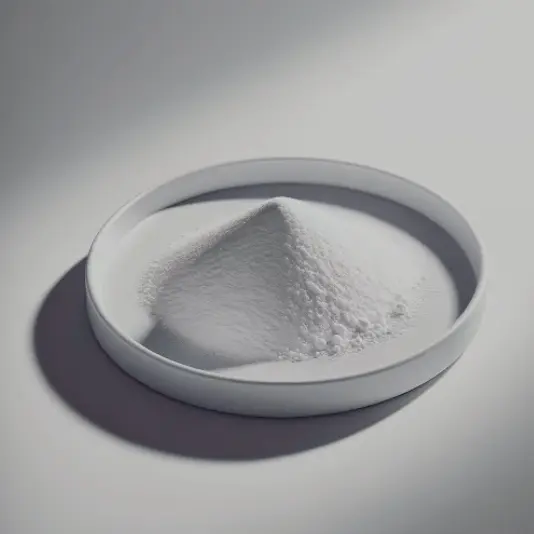Optimizing PVC Sheet Production: The Critical Role of Advanced PVC Lubricants
2025-06-05
PVC lubricant, an essential additive for sheet manufacturing. When making PVC sheets, it is particularly important to add a little PVC lubricant. It can solve the troubles encountered during the production process and make the boards made better quality. This PVC chemical additive can make production smoother and ensure that the products made every time have excellent performance.

How does it work?
1. Main functions and advantages
Reduce friction.
Adding PVC lubricant allows PVC materials to slide smoothly in the machine (such as on the extrusion barrel or roller) without sticking to the machine. In this way, the machine is not easy to wear and things are not easy to stick.
Improve melt fluidity.
During the heating process, adding it can make the melted PVC material flow more smoothly and evenly, spread better, and save more electricity.
Thermal stability.
It can also help dissipate the heat generated by the friction of the material during processing, prevent the material from being "burned" by high temperature, and make production stable.
Enhance surface finish.
PVC lubricant can also make the surface of the board smooth and bright, without ugly flaws, which is very necessary for those uses that are particularly particular about the surface appearance and good touch.
2. Lubricant Classifications & Mechanisms
Internal Lubricants:
Key Agents: Stearic acid, glycerol monostearate (GMS), ester-based compounds.
Function: Reduce intramolecular friction within molten PVC, enhancing chain mobility.
External Lubricants:
Key Agents: Paraffin waxes, polyethylene (PE) wax, oxidized polyethylene (OPE).
Function: Form a barrier at polymer-equipment interfaces to minimize friction and adhesion.
Performance Benefits:
Facilitate die release and reduce sheet sticking.
Regulate surface gloss (high-gloss to matte).
Accelerate cooling/demolding cycles for higher throughput.
3. Optimization for specific applications
Rigid PVC sheets (such as cards, packaging films):
The lubricant should be added appropriately, so that the size of the PVC sheet is stable, the finished product is transparent, and the cut edges are clean and neat. If too much lubricant is added, bubbles or stratification are easy to appear in the sheet.
Foamed PVC sheets (such as signs, furniture panels):
The appropriate PVC lubricant can make the bubbles uniform and not easy to collapse. And it requires the appropriate material for foaming, and it cannot fight.
Transparent PVC sheets (such as protective films):
Low migration, non-yellowing lubricants (such as high-purity OPE) are required, so that the sheet will not turn yellow and foggy, and can always remain clear and transparent.
Calendered PVC sheets (such as artificial leather):
For this type of sheet, a dual-function PVC lubricant is required, which can not only prevent the material from sticking to the hot roller and scaling, but also work well with the plasticizer added inside to avoid problems.
This advanced lubricant is now indispensable for making high-quality PVC sheets. It allows manufacturers to solve production problems while meeting strict quality requirements. As long as the lubricants for the slippery inside and outside of the tube are skillfully balanced, production can be smoother, the quality of the sheets produced will be more stable, the performance will be better, and they will meet the needs of various uses. As people's requirements for PVC sheets become higher and higher, using the right PVC lubricant well has always been the key to making good products and gaining a firm foothold in the market.






